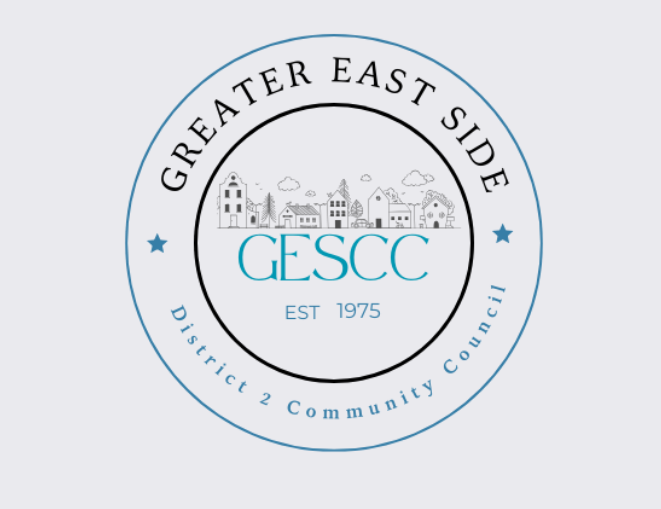What is a District Council?
St. Paul, MN, is divided into 17 District Councils, each serving as a bridge between residents and the city government. These councils empower neighborhoods by providing a platform for community voices, fostering engagement, and shaping local initiatives.
Each District Council represents a specific area of the city, promoting collaboration and addressing unique community needs:
District Councils are vital to fostering strong, vibrant neighborhoods across St. Paul, ensuring everyone has a voice in shaping their community. Whether you’re looking to get involved, share feedback, or connect with neighbors, your District Council is here to help!
D1: Eastview, Conway, Battle Creek, Highwood Hills
D2: Greater East Side
D3: West Side
D4: Dayton's Bluff
D5: Payne-Phalen
D6: North End
D7: Frogtown (Thomas-Dale)
D8: Summit-University
D9: West 7th (Fort Road)
D10: Como Park
D11: Hamline-Midway
D12: Saint Anthony Park
D13: Union Park
D14: Macalester-Groveland
D15: Highland Park
D16: Summit Hill
D17: CapitolRiver (Downtown Saint Paul)
Commitment to Equity
A commitment to equity is foundational to successful community engagement. In 2017, the district councils proposed a change to the Community Engagement Program's Innovation Fund that was adopted in 2018. The fund is now divided equally among the 17 district councils to promote equitable practices and neighborhood outcomes. The goals of this program are:
District council staff and volunteers more accurately reflect the communities they serve.
District councils review and adopt policies and practices that intentionally create space for residents who are currently under-represented.
District councils pursue systemic work that reflects the needs and priorities of residents who have been historically under-represented.
Additionally, district council staff are required to participate in a peer support/best practices network composed of district councils or similar grassroots, place-based organizations in the region.

